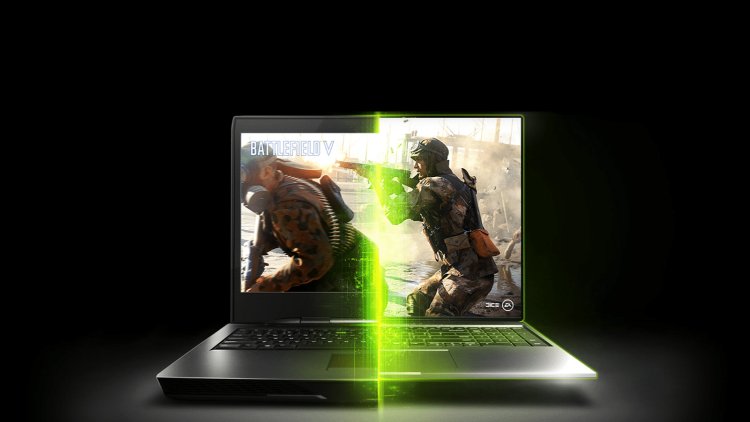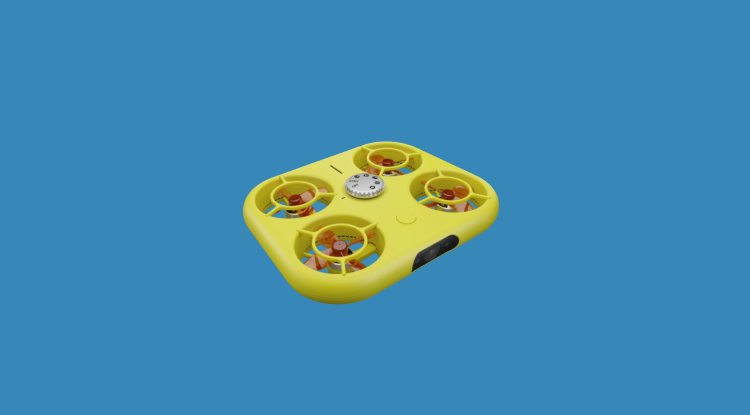The Third Generation Of Max-Q Technology

Exactly five years ago, Nvidia introduced the Max-Q design, wanting to make high-performance models quieter, cooler and thinner. Until then, laptops with powerful graphics processors were grotesquely thick, hot, and noisy.
They consumed a lot of energy and heated up to the limit of the practical unusability of such a device. Max-Q technology brought thinner, quieter, more economical computers that made sense to work on the go.
For the GeForce RTX 30 series of laptops, a new Max-Q platform with even better features has been upgraded and developed, relying on new system optimization solutions with intensive machine intelligence assistance resulting in better energy efficiency, even better performance, extended operating autonomy, and quieter operation of the device.
Typically, powerful laptop models, mostly gaming configured, have a statically determined level of consumption, required for the operation and full performance of the CPU and GPU. On the other hand, demanding applications and games dynamically load resources, changing system requirements from frame to frame.
That's why Nvidia has introduced Dynamic Boost 2.0 technology that uses a machine intelligence algorithm to optimize the power consumption and delivery required to run CPUs, GPUs, and video memory.
It monitors their work at all times at the level of the individual frame interval so that the laptop computer knows at all times how much energy is needed for each of the mentioned devices in order to achieve maximum performance. This prevents unnecessary energy waste and heat generation in high-performance laptops.
The direct benefit is that applications that intensively use CPU, GPU, and RAM, in this way achieve better performance because they instantly receive a response in the operation of devices that are in line with the requirements of the operations that are performed at that time.
In a high-load GPU scenario such as gaming or rendering, 3D modeling, using Dynamic Boost 2.0 technology, the laptop is able to deliver 20% more power to the GPU, which automatically increases the frame rate by shortening rendering operations.
Dynamic Boost 2.0 is available on all GeForce RTX 30 Max-Q 3.0 series models and what is important is that it is turned on immediately after starting the device without any need for some additional settings bringing acceleration to all applications and running games.
One of the most important requirements of users, when it comes to this category of laptops, concerns noise in operation. Cooling systems and built-in fans are known to make a lot of noise trying to cool powerful processors.
In that endeavor, WhisperMode 2.0 debuted on the GeForce RTX 30 series of laptops. The original noise reduction technology during GPU demanding operation has been thoroughly redesigned and improved.
Users are now able to choose the noise level at work. This functionality is specially adapted to the characteristics of individual devices, thanks to the fact that it is controlled by a smart machine algorithm, dynamically adjusting the operation of the CPU and GPU in combination with in-game settings and fan speed.
In this context, we must once again mention the very useful DLSS functionality, which currently has support for about 30 games. It allows smooth gaming in high 1440p and 4K resolutions and Ray Tracing effects at almost twice the fps.
At first glance, this seems simple, but you should keep in mind that the graphics processor needs to calculate about 4 million pixels for one frame in 2560x1440 resolution. DLSS speeds up the whole thing by just needing a fraction of a pixel budget, which reduces the energy required and boosts performance at the same time.
By the way, Nvidia DLSS is used not only in games but also in advanced visualization applications such as the D5 Render-era, which is capable of displaying beautiful 3D landscapes in real-time, practically at the moment you create them.
We must draw your attention to the Resizable BAR possibility of access of the new generation of CPUs to the entire amount of video memory, and not as it was in the past when the CPU had access to only a certain amount of memory space, so it had to perform certain requirements several times in a short time.
In this way, it can perform several operations at the same time, which unequivocally saves energy, prolongs battery life, and at the same time increases performance, ie frame rate.
One of the more important features of the new generation Nvidia RTX 30 laptop is that it will have quality screens. Gamers are already well aware of the fact that 1440p screens provide the ideal combination of high-definition graphics detail and good performance.
On the other hand, creatives who create demanding content want a crystal clear and sharp image on screens with a high pixel density, for better quality and greater precision in work.
With twice the resolution of conventional Full HD screens, the new generation of laptops will have incomparably better display quality because the pixel becomes virtually invisible to the human eye at normal viewing distance, ultimately resulting in a sharper and clearer screen image.
In particular, quality 2K screens will have new models that will be sold in our market in the form of Lenovo Legion 5 Pro, Acer Nitro 5, Aspire 7, HP Omen 15, and similar computers.
Gamers who play fast-paced titles such as the most popular "online" Battle Royal titles: Counter-Strike, Fortnite, Overwatch, Rainbow Six Siege, and Valorant, will be especially pleased with the new series of GeForce RTX 30 based laptops and their 240Hz vertical refresh screens.
While some models will be able to display as many as 360 frames per second. Combined with the performance of the GeForce RTX 3080 graphics processor, gamers will be able to compete incomparably more successfully in these games.
And not only gaming and gaming laptop models but also Nvidia Studio laptops will benefit greatly from switching to Ampere GPUs.





























